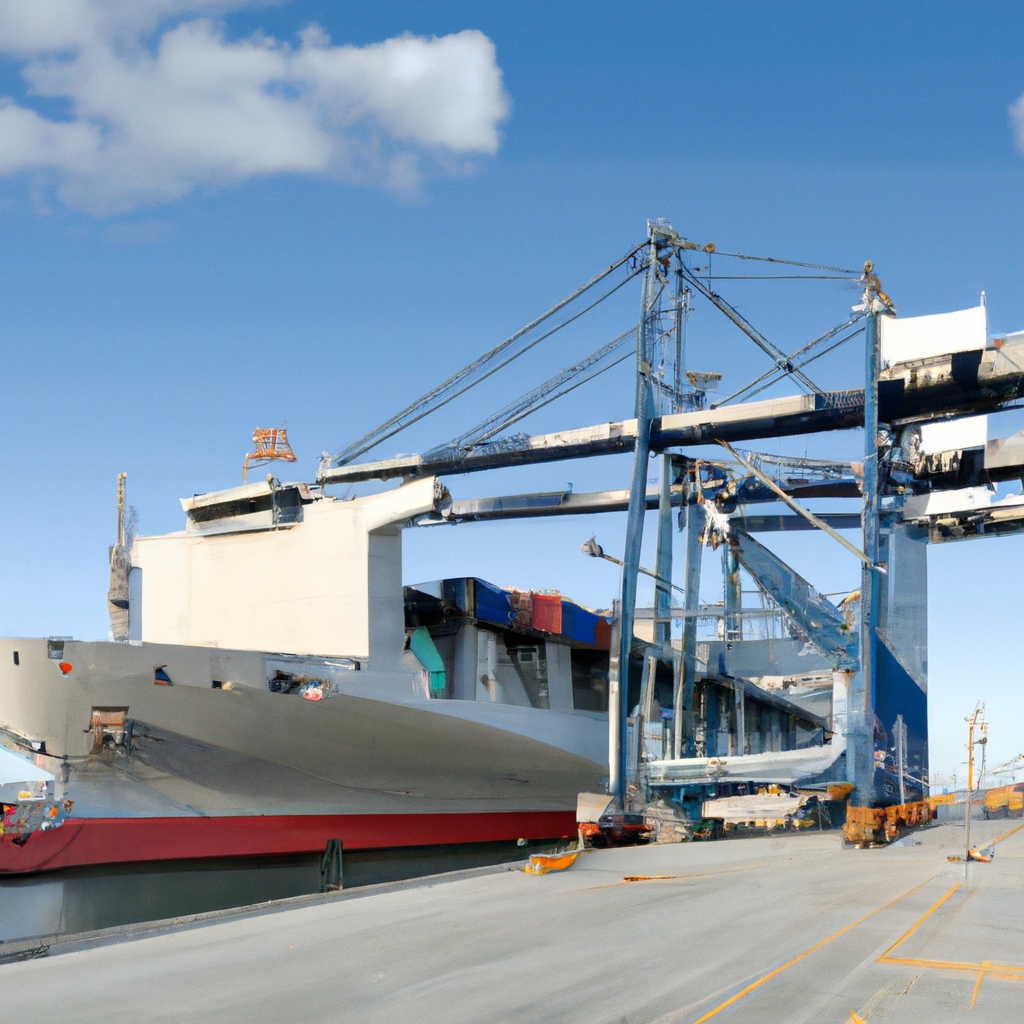
Dual-Fuel Engines: Navigating the Crossroads of Opportunity and Challenge
As the maritime industry grapples with the urgent need to decarbonize, dual-fuel engines have emerged as a potential game-changer. These engines, capable of running on both traditional marine fuels and cleaner alternatives like liquefied natural gas (LNG), promise a pathway to reduced emissions. However, the adoption of dual-fuel technology is not without its complexities, raising questions about whether they represent a dual-edged sword of opportunity and challenge. This analysis delves into the current landscape of dual-fuel engines, examining their impact on fleet dynamics, regulatory pressures, and the broader maritime supply chain.
Fleet Dynamics: A Shift Towards Flexibility
The adoption of dual-fuel engines is reshaping fleet dynamics, offering shipowners a degree of flexibility previously unattainable with single-fuel systems. According to Splash247, the ability to switch between fuel types allows operators to hedge against volatile fuel prices and regulatory shifts. This adaptability is particularly appealing in an era where environmental regulations are tightening, and the cost of compliance is rising.
However, the transition is not without its hurdles. The installation of dual-fuel engines requires significant upfront investment, which can be a deterrent for smaller operators with limited capital. Additionally, the complexity of maintaining and operating these engines demands a higher level of technical expertise, potentially increasing operational costs. Despite these challenges, the long-term benefits of fuel flexibility and reduced emissions are driving a gradual shift towards dual-fuel technology across the global fleet.
Regulatory Pressures: Navigating a Complex Landscape
Regulatory pressures are a significant driver behind the adoption of dual-fuel engines. As the International Maritime Organization (IMO) pushes for a 50% reduction in greenhouse gas emissions by 2050, shipowners are under increasing pressure to adopt cleaner technologies. Dual-fuel engines present a viable solution, enabling compliance with current and anticipated regulations without necessitating a complete overhaul of existing fleets.
According to Hellenic Shipping News, some industry stakeholders argue that the standards for dual-fuel engines are not as stringent as they should be, potentially undermining their environmental benefits. However, proponents contend that these engines represent a critical step towards achieving the IMO’s ambitious targets. The debate underscores the need for a balanced regulatory approach that encourages innovation while ensuring environmental integrity.
Supply Chain Implications: The LNG Conundrum
The shift towards dual-fuel engines has significant implications for the maritime supply chain, particularly in terms of LNG availability and infrastructure. As more vessels adopt LNG as a primary or secondary fuel, the demand for LNG bunkering facilities is expected to rise. This presents both an opportunity and a challenge for the industry.
On the one hand, increased demand for LNG could stimulate investment in bunkering infrastructure, creating new business opportunities and enhancing the resilience of the maritime supply chain. On the other hand, the current lack of widespread LNG bunkering facilities poses a logistical challenge, potentially limiting the operational range of dual-fuel vessels. According to industry analysts, the development of a robust LNG supply chain will be crucial to the widespread adoption of dual-fuel technology.
Geopolitical Considerations: Navigating Uncertainty
The geopolitical landscape adds another layer of complexity to the dual-fuel equation. As countries navigate the transition to cleaner energy sources, geopolitical tensions surrounding energy supply and security are likely to influence the adoption of dual-fuel technology. For instance, reliance on LNG could expose operators to geopolitical risks associated with natural gas supply chains, including price volatility and supply disruptions.
Moreover, the global push for energy independence and the diversification of energy sources could impact the availability and cost of LNG. As countries invest in alternative energy sources, the competitive landscape for LNG could shift, affecting its attractiveness as a marine fuel. Navigating these geopolitical uncertainties will require strategic foresight and adaptability from shipowners and operators.
Analyst Perspectives: Weighing the Pros and Cons
Industry analysts offer varied perspectives on the dual-fuel debate. Some view the technology as a prudent investment in future-proofing fleets against regulatory and market changes. They argue that the flexibility and environmental benefits of dual-fuel engines outweigh the initial costs and operational complexities. Others, however, caution that the technology’s benefits may be overstated, pointing to the current lack of infrastructure and the potential for regulatory changes that could alter the competitive landscape.
Ultimately, the decision to invest in dual-fuel technology will depend on individual operators’ risk tolerance and strategic priorities. For some, the potential for reduced emissions and fuel flexibility will justify the investment, while others may opt for alternative compliance strategies.
Conclusion: Navigating the Future of Dual-Fuel Technology
The future of dual-fuel engines in the maritime industry is uncertain, shaped by a complex interplay of regulatory, economic, and geopolitical factors. In a base scenario, dual-fuel technology continues to gain traction, driven by regulatory compliance and the gradual expansion of LNG infrastructure. A bullish scenario envisions rapid technological advancements and regulatory incentives accelerating adoption, leading to significant emissions reductions and cost savings. Conversely, a bearish scenario could see geopolitical tensions and infrastructure challenges stalling progress, leaving dual-fuel engines as a niche solution rather than a mainstream choice.
As the maritime industry stands at this crossroads, the decisions made today will have lasting implications for the future of shipping. Whether dual-fuel engines ultimately bring dual trouble or double opportunity will depend on the industry’s ability to navigate these challenges and seize the opportunities that lie ahead.
—
**Sources (selection):**
– https://splash247.com/do-dual-fuel-engines-bring-dual-trouble-or-double-opportunity/
– https://www.hellenicshippingnews.com/columbia-group-asia-ceo-refutes-claims-of-lower-standards/
